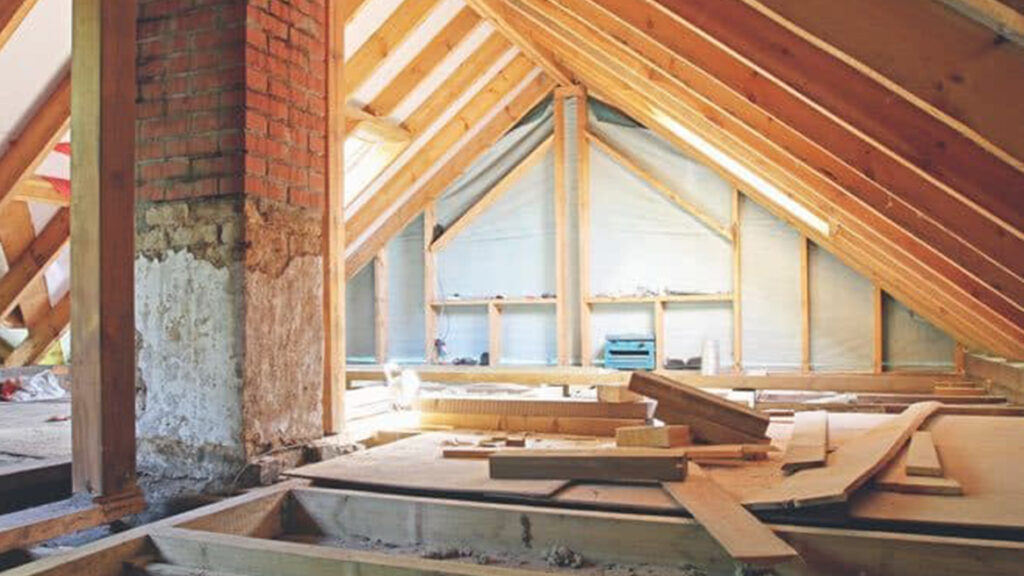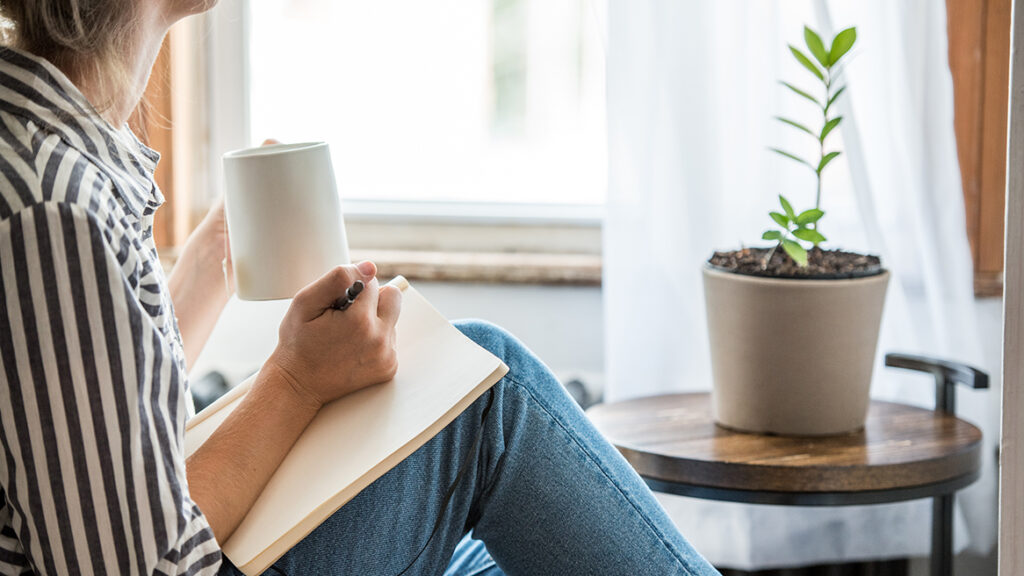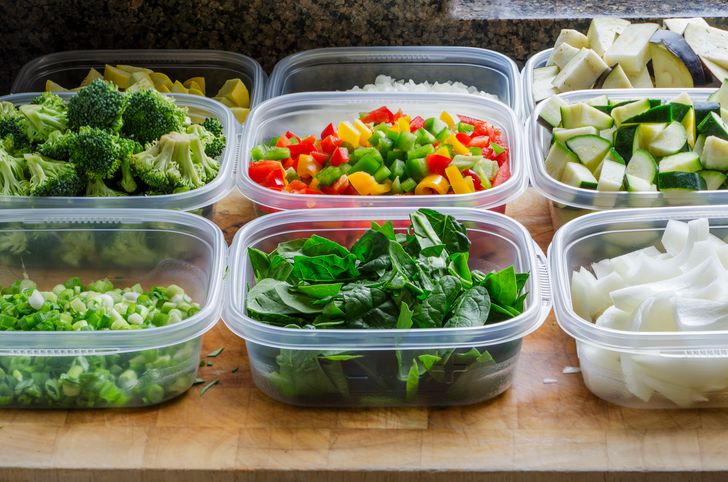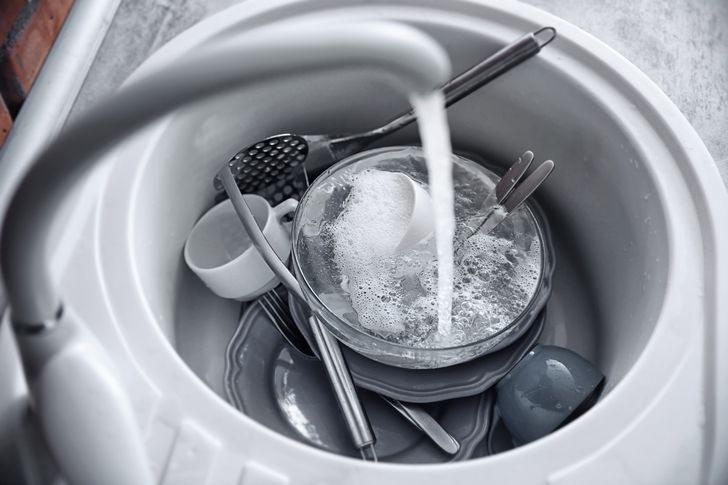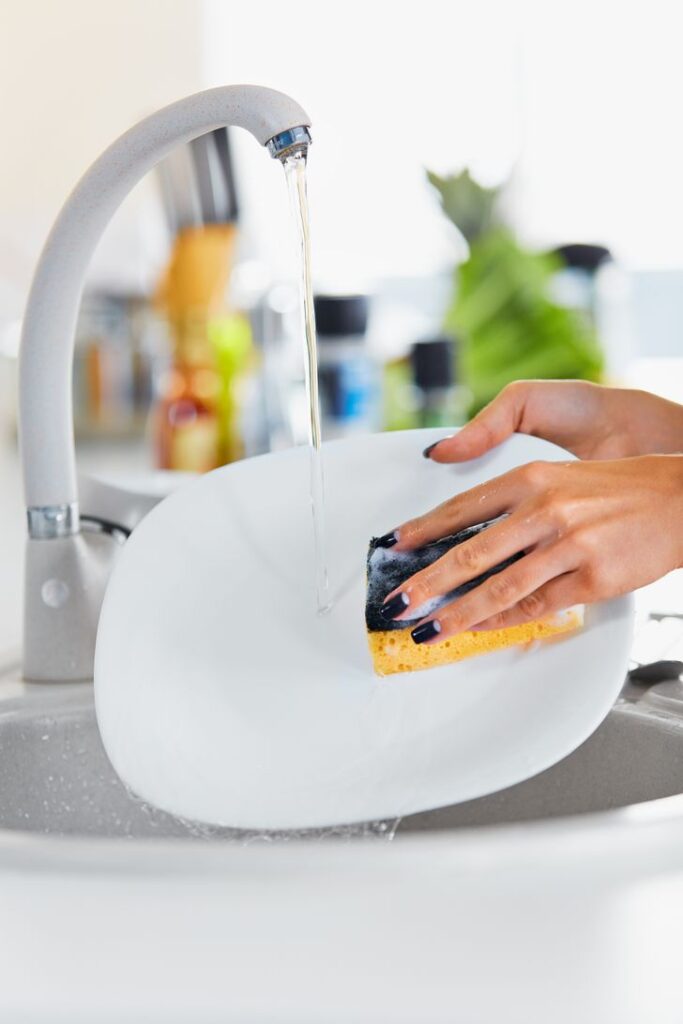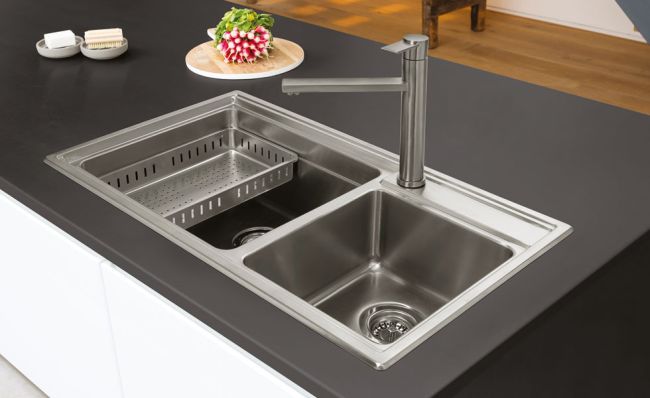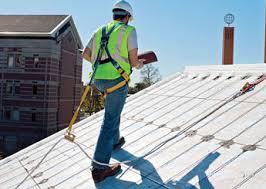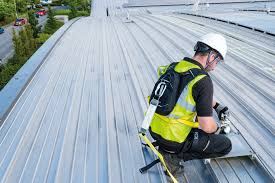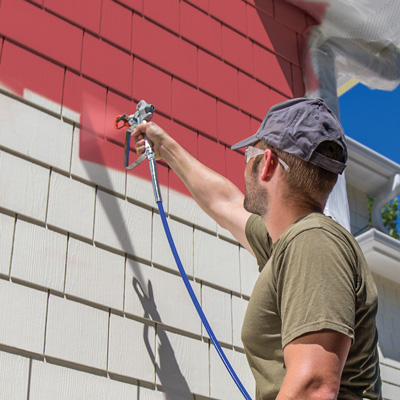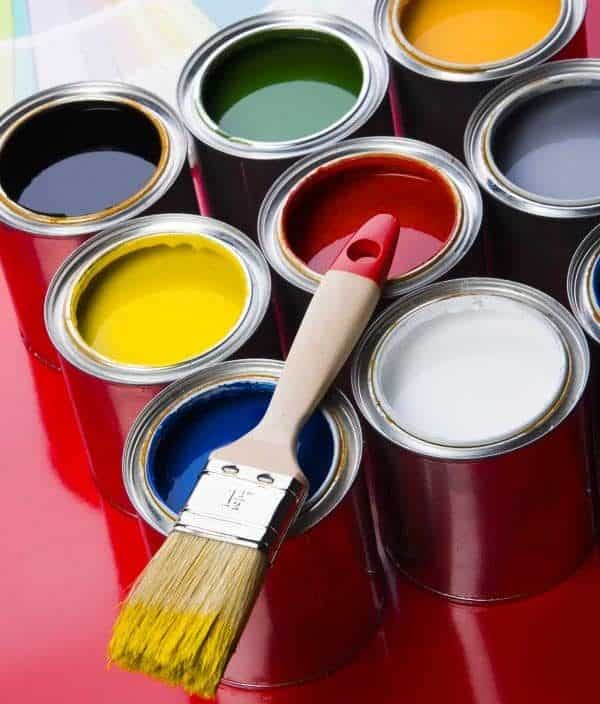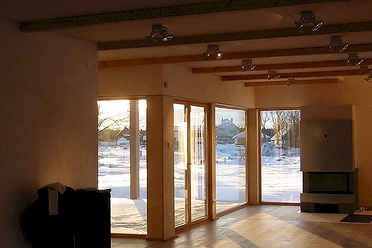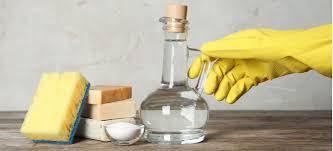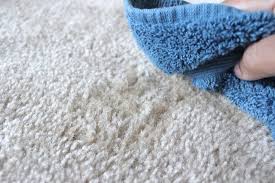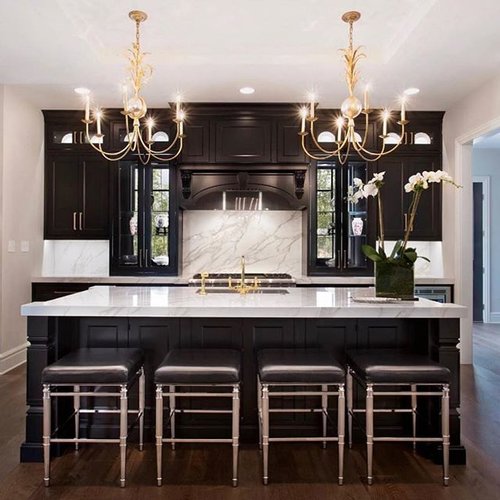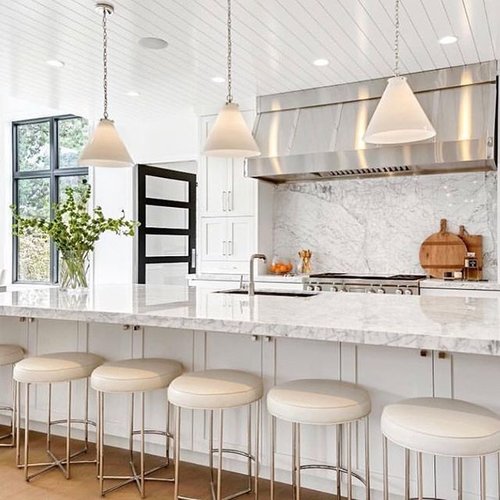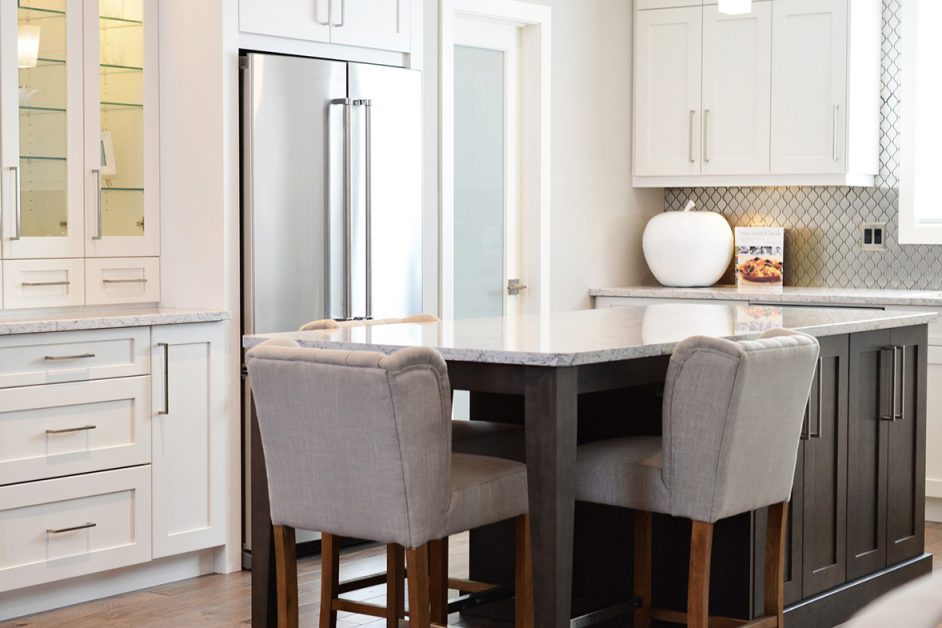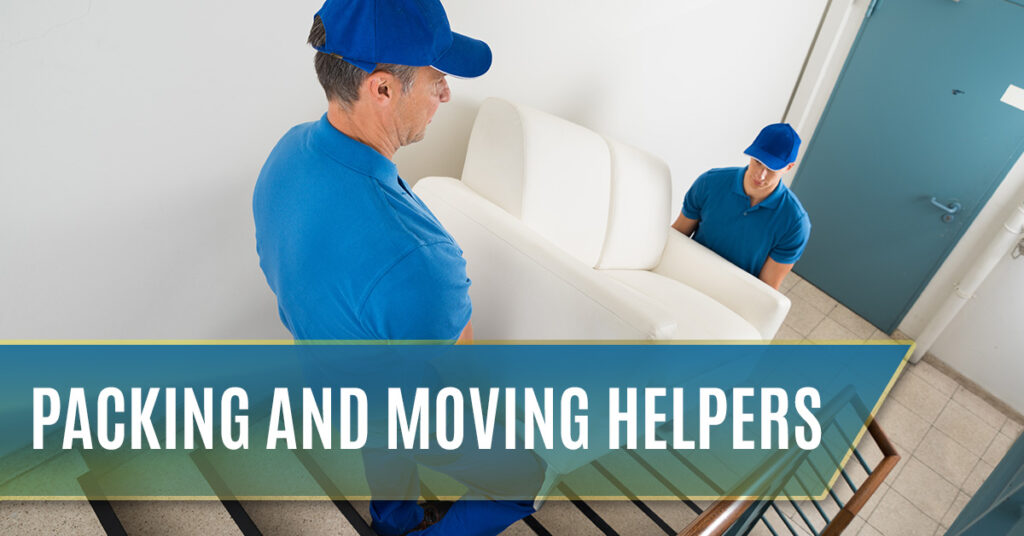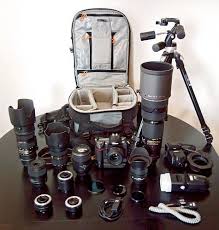The difference between truck tires and passenger car tires
Truck tires and passenger car tires are different in construction, and these differences are designed for their intended use and performance.
The first and most obvious difference is that truck tires are simply larger and wider than passenger car tires. Beyond this obvious difference a key distinguishing factor is that passenger car tires (and light truck tires placed on SUVs) typically have two steel belts. Medium truck and bus tires have four steel belts. The doubling of the steel belts in truck tires makes the truck tires more robust and durable.
A truck tire may have 20/32nds of tread or more. When such a truck tire is halfway worn down to 10/32 of tread it still has an amount of tread available which is similar to what many passenger car tires have when they are new.
Truck tires commonly have under-tread or sub-tread between the tread itself and the top steel belt. Many truck tires are marked as “REGROOVABLE.” This means that when the tread wears down to a level which is below the legal limit deeper grooves can be carved into the remaining tread rubber to allow for continued use of the tire.
When a tire is marked “REGROOVABLE” it also means that it is capable of receiving another layer of tread after the original tread wears out. This is a process different from regrooving. When a tire is RE-TREADED the original layer of tread is cut off the tire and a new layer of tread is sewn onto the tire allowing for the body or carcass of the tire to continue to be used for additional mileage.
The inner-liner of a truck tire is thicker than the inner-liner of a passenger car tire or light truck tire and typically has a higher halobutyl content to ensure that pressurized oxygen from the inner chamber of the tire does not permeate into the body of the tire and cause degradation of the tire components.
Because of these significant differences tire manufacturers do not make any service life recommendations with regard to truck tires and consider that they may be used for an unlimited number of years provided there is sufficient tread available, and that they have otherwise not been damaged or abused.
Most tire manufacturers provide service life recommendations with regard to passenger car and light truck tires indicating that even tires in spare wheel positions which have never been used be taken out of service after 10 years. We have been unable to locate any such service life recommendations for truck tires by any manufacturer.
Because of the differences in the way truck tires are made tire manufacturers do not issue warnings or recommendations about the chronological age of a truck tire.

Light Truck and a tire used on light trucks
What is a light truck?
A light truck is a United States federal classification for trucks or truck-based vehicles with a payload capacity of under 4,000 pounds (1,815 kg). Light truck class includes:
- Vans – most mini vans and full sized vans.
- SUV’s – Mini SUV’s, Compact SUV’s, Mid size SUV’s, Full size SUV’s, Extended length SUV’s.
- Light duty pickup trucks.
In other countries words usage and meanings are quite different.
Tires applied on a light trucks
These vehicles and tires are specially constructed to carry more passengers and/or cargo than passenger cars. Technical features of light trucks different from passenger cars are:
- Off road design.
- Increased ground clearance (higher center of gravity).
- 4×4 or all-wheel drive capabilities.
Tire design for light truck applications is determined by these features. Tire designers have to meet expected service conditions, loading and other factors referred to particular vehicle.
Tires for light truck applications can be classified in two groups:
- Tires specially designed for light trucks (with LT in size designation) and
- Passenger car tires applied on a light trucks (with P at the beginning of size designation or without P if the tire is European metric).

Trailer Tires & Wheels
Whether you’re towing a boat or driving an RV, you need the proper tires to safely make the journey. Trailer tires rated ST, meaning Special Trailer, are designed to carry heavier loads than passenger or light truck tires. Trailer tires are also engineered to prevent fishtailing and to dissipate heat that builds under the pressure of significant weight.
Trailer tires are distinguished by a solid center rib. This center rib provides uninterrupted contact with the road, allowing greater stability for your trailer. These tires also feature stiffer sidewalls, which up their carrying capacity and reduce sway. A higher grade of belts, wider belts and more plies further enhance capacity and guard against damage.
Trailer Tires & Load Range
A few different rules apply when it comes to trailer tires. Since they don’t have UTQG (Uniform Tire Quality Grade) ratings, instead, they’re branded with a load range on their sidewall — a letter mark that tells you the ply rating and the max inflation to inflate the tires.
- B 4 ply rating 35 psi
- C 6 ply rating 50 psi
- D 8 ply rating 65 psi
- E 10 ply rating 80 psi
A combination of this rating and your tire’s size determines how heavy of a load they’re rated for. For example, “B” load range tires size ST175/80R13 inflated to 30 psi can take on a maximum load of around 1,000 pounds, and “E” load-range tires size ST235/80R16 inflated to 80 psi can take on a maximum load of around 3,400 pounds. Multiply that weight by the number of wheels on your vehicle for total load capacity. Whether you’re outfitting a horse trailer, pop-up camper or RV — know the combined weight you’ll need your tires to support before you shop.
Caring for Trailer Tires
To get the best out of your trailer tires, make the time to maintain them properly.
Don’t park your trailer fully loaded. If you are able to, raise the trailer so the tires are in the air. If that’s not an option, regularly move the trailer by a foot or two, to give the wheels a quarter or half revolution. This will help prevent flat spots from forming in the tires.
The sun can also cause the rubber compound of your tires to breakdown, so park your trailer inside a garage or under cover on flat pavement. Keep them clean by removing solvents, such as oil or grease, which are known to damage rubber.
Trailer tires are designed differently than vehicle tires. Consider these basics before you purchase your next set of trailer tires, so you can better enjoy your adventures.

Off Road Tires
Off-road tires come in different levels of capability that address various needs. There’s no one right tire for a given surface, but many off-road tires perform amazingly in numerous settings. You’ll want to select your set according to the terrain you intend to drive on, how frequently you’ll be off-roading, and the weight capacity the tires must possess. The main tradeoff with off-road tires is the generally softer rubber compound doesn’t deliver tread life. Also, the knobby pattern makes for a louder ride on highways. But, when you’re scaling roads in the backcountry for a day in the wilderness, you won’t care one bit.
All-Terrain Tires
Any style of off-road tire can be driven on roads, but all-terrain tires provide good performance anywhere. Their tread blocks are made with enhanced compounds to provide traction not just on every surface but also going every direction—tight turns on uneven surfaces, backing up out of mud, ascending a gravel trail, etc. Grooves run around the circumference of the tire and laterally, creating channels to disperse rain, with aggressive tread patterns to grip even loose sand.
You can find On/Off-Road All-Terrain tires in all-season models, which even combine a quieter ride with grip in cold conditions, including snow. Check the load capacity, however, to be sure they’re capable of carrying the vehicle manufacturer’s required weight, as well as any heavy loads you intend to haul. Other styles feature greater durability, such as resistance to cuts and chipping.
Commercial Traction Tires
This style of off-road tire is developed for light trucks and commercial vehicles. Their tread blocks are heavier duty than all-terrain but with the same combination of circumferential and lateral grooves to provide traction on paved and unpaved surfaces. This is the tire you need on your full-size work truck, or any light truck delivering materials to the job site.
You’ll see that On/Off-Road Commercial Traction tires have reinforced sidewalls that get them rated for heavy loads. While your commute may only require you to drive off-road a dozen yards or so, you may want the extra traction. You can also find this style with sipes (thinly cut slits) in the tread specifically for traction in heavy rain and snow.
Maximum Traction Tires
Maximum traction tires are commonly called mud tires, since they’re normally the best solution to off-road obstacles like troughs of mud, ruts, and rocky trails. Oversized, with an aggressive pattern of extra-large lugs, mud tires are for anyone looking to cut loose with their truck or SUV. In addition to mud, they also allow you to handle soft sand, winter slush and snow.
Tire Maintenance
An integral part of your vehicle’s safety relies on your tires. Additionally, there are many other factors that relate to vehicle safety such as brakes, steering components, and more. For this reason, it is very important familiarize yourself with ways you can protect and maintain them. The easiest maintenance is to perform a monthly visual inspection and air pressure check. There are also other steps like tire rotation, proper alignment, and safe driving that are equally important.
Visual Inspection
A visual inspection means checking tire treads for punctures, signs of irregular wear, or low tread depth. You will also want to check the sidewalls for signs of damage, such as cracking, scrapes or cuts, or bulging. These problems may result from impacts or aging.
It’s advisable to have a professional inspect your tires right away if you see such signs. If the problem is severe, replace the tire with a spare to get your vehicle in for service. Remember a tread depth of 2/32” or less is considered in need or replacement.
Check Air Pressure
To check the pressure, you’ll simply need an air pressure gauge. Your tires have a manufacturer recommended air pressure that can be found in your owner’s manual or on the door jam placard, measured in pounds per square inch (PSI). If your tires are low, you can fill them at any air station or visit your local tire dealer for assistance. Or you can visit a tire retailer. Most places will refill your tires with air for free.
Underinflation and overinflation are known to cause patterns of irregular tread wear that greatly reduce the tread life of your tires. Underinflation also causes decreased fuel efficiency, and increased heat buildup that can prematurely degrade the structural integrity of your tires. Changes in elevation and temperature can cause a significant change in the air pressure of your tires. So check your air pressure on a monthly basis and be sure to do it before any long drives.
Tire Rotation
Because your front and rear axles create different patterns of wear for your tires, it’s essential to rotate your tires. Rotating your tires is the practice of switching the location of your tires on your vehicle. The industry standard recommendation is to rotate your tires every 5,000 to 6,000 miles, or whenever you get your oil changed.
Tire rotation can be done in several patterns:
- Bring front tires to the rear and rear tires to the front
- Switching tires diagonally
- Bring the rear tires forward and switching the front ones diagonally to the back
The important thing is to vary the areas of wear on each tire—to preserve them, and to ensure good grip.

